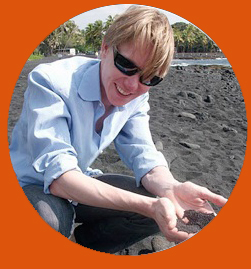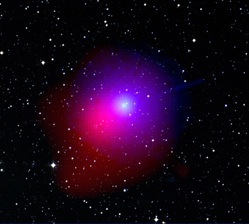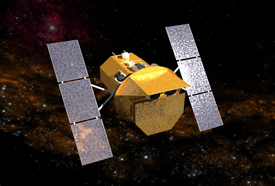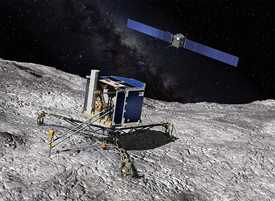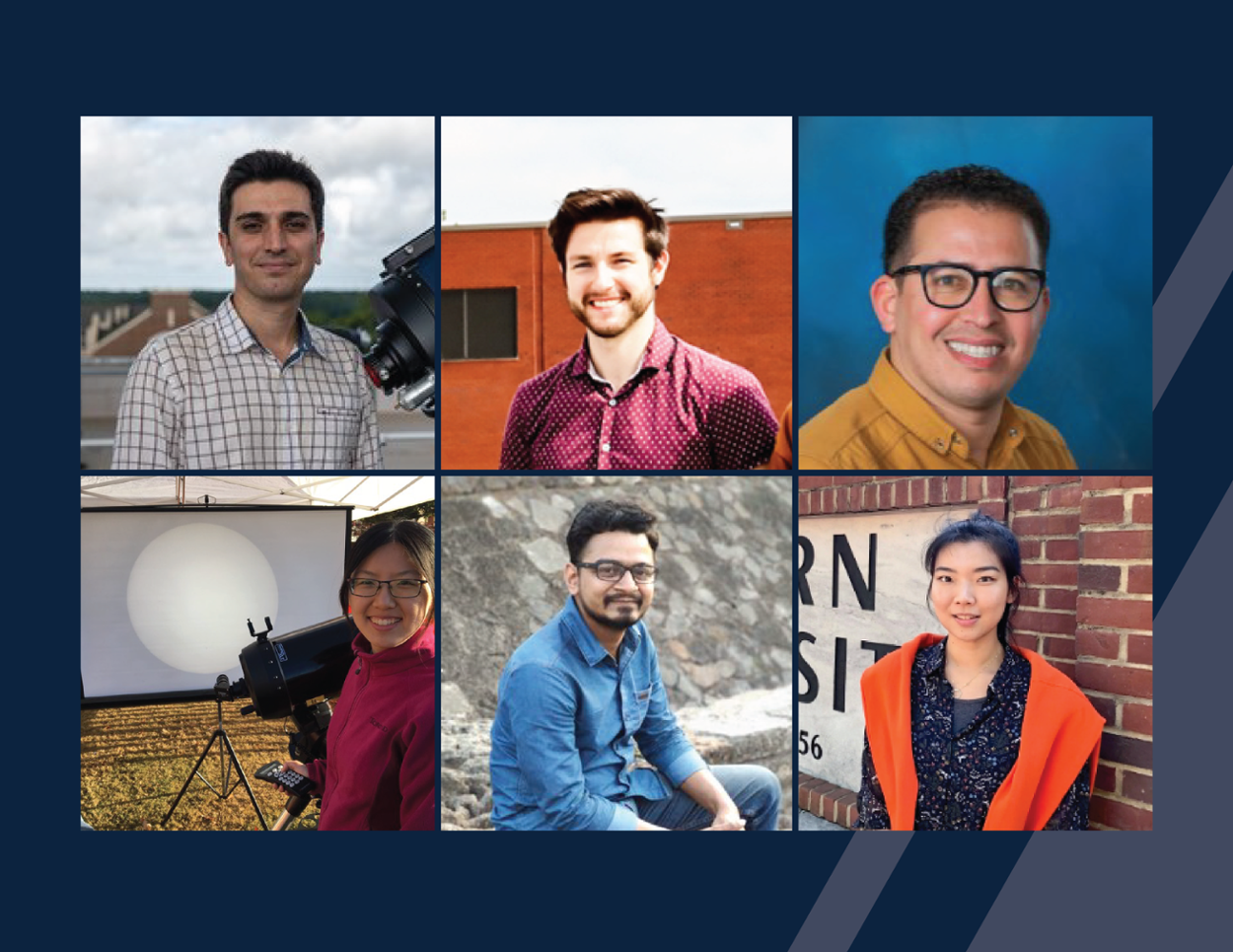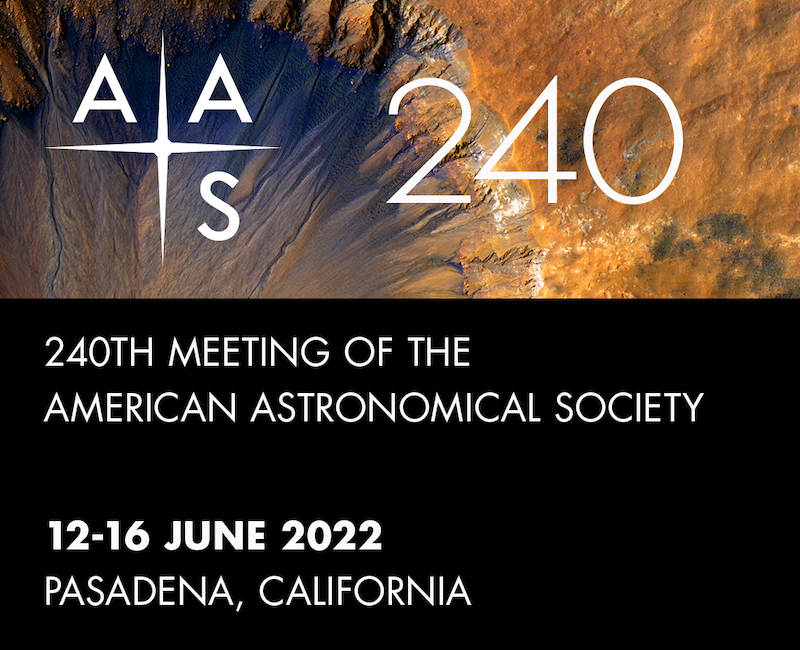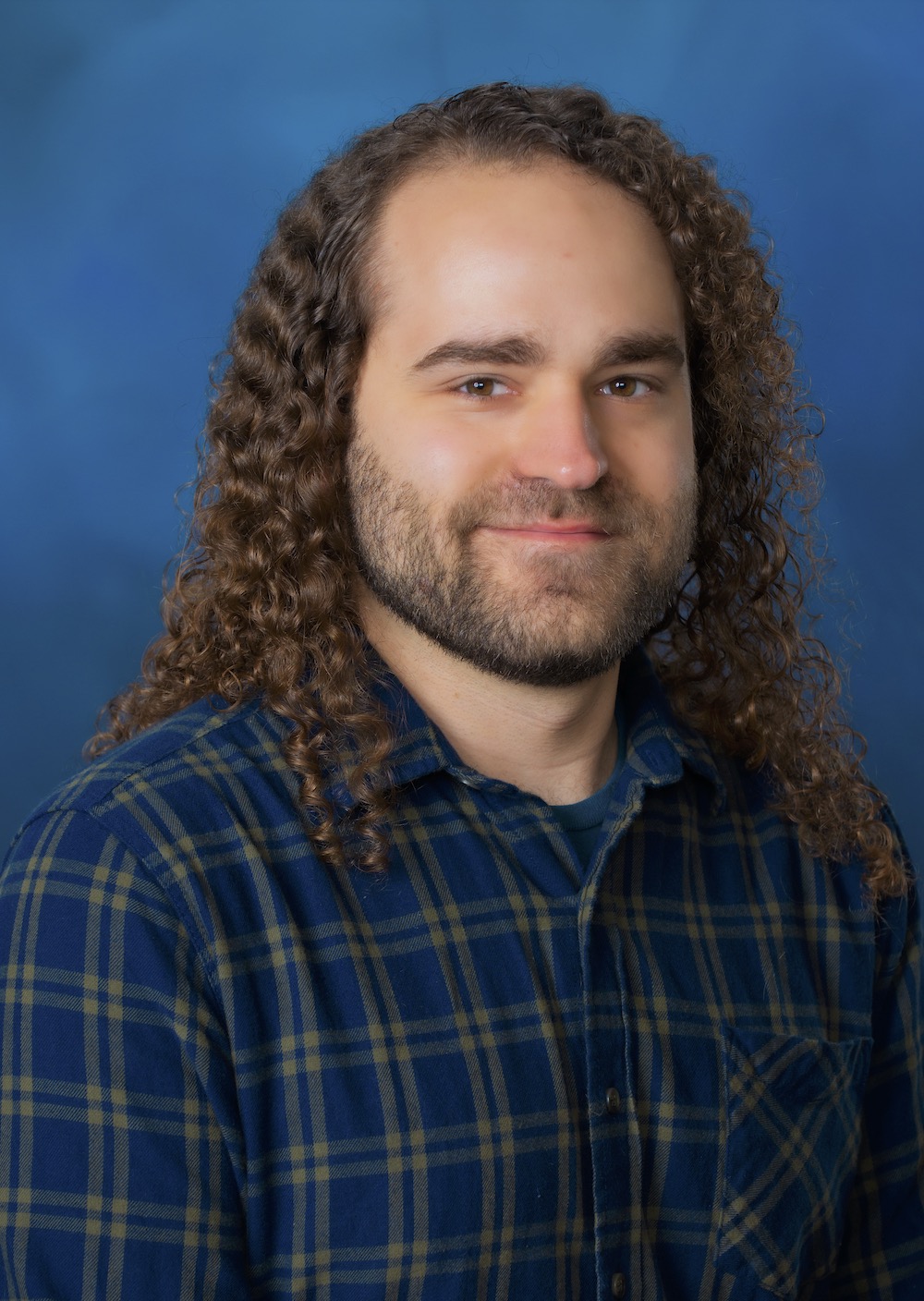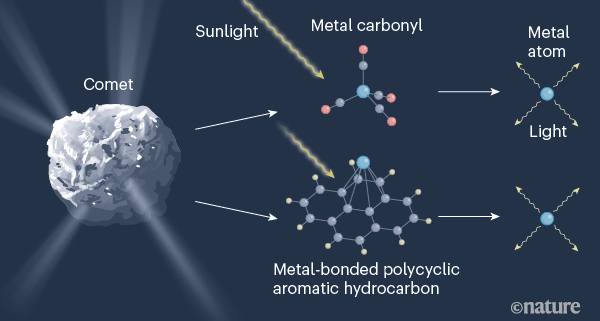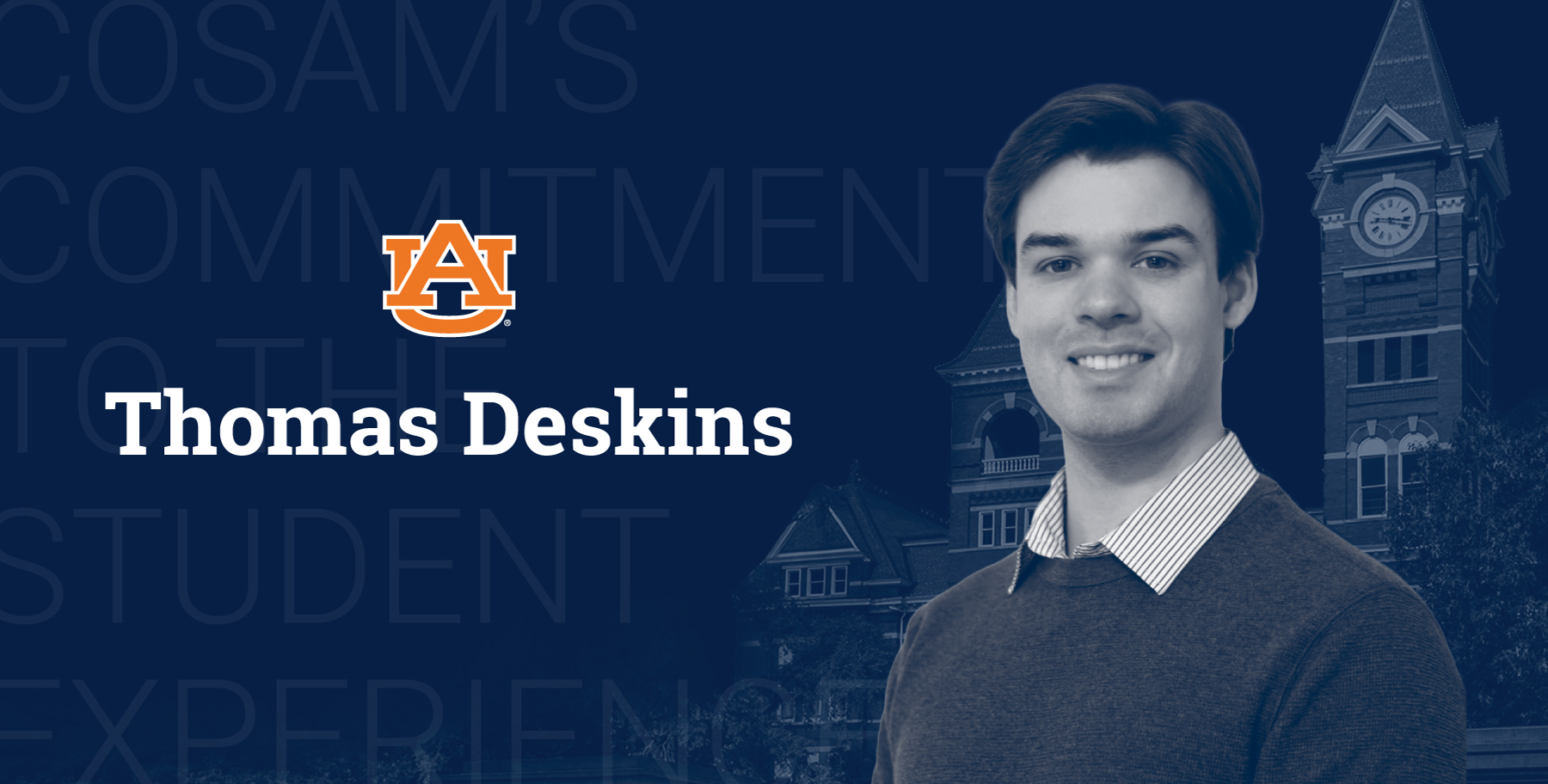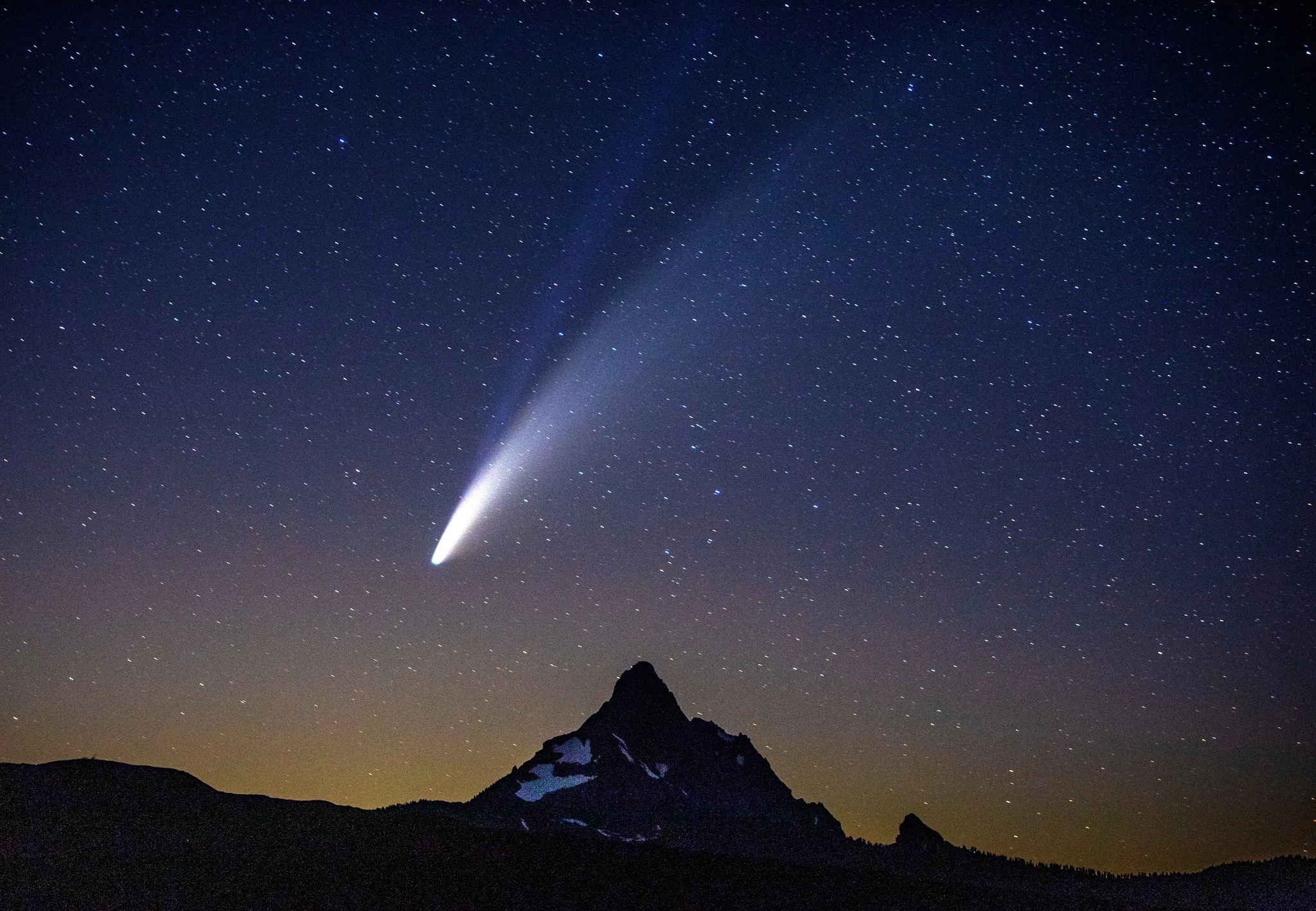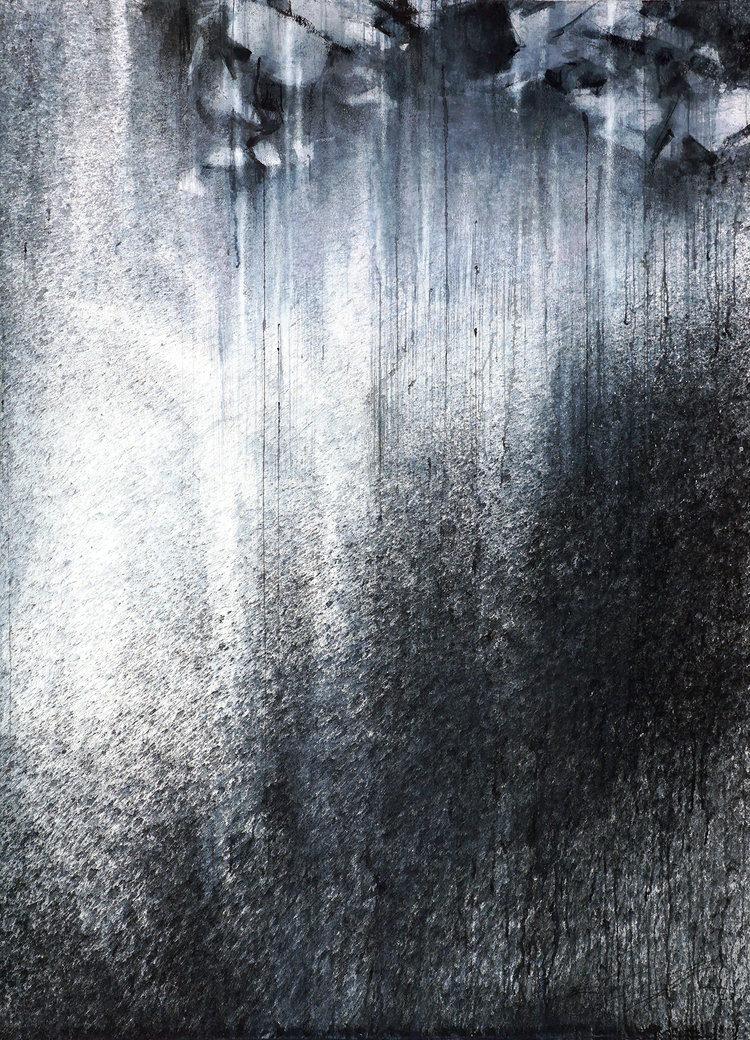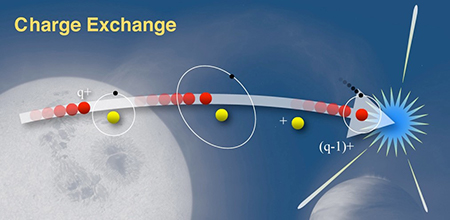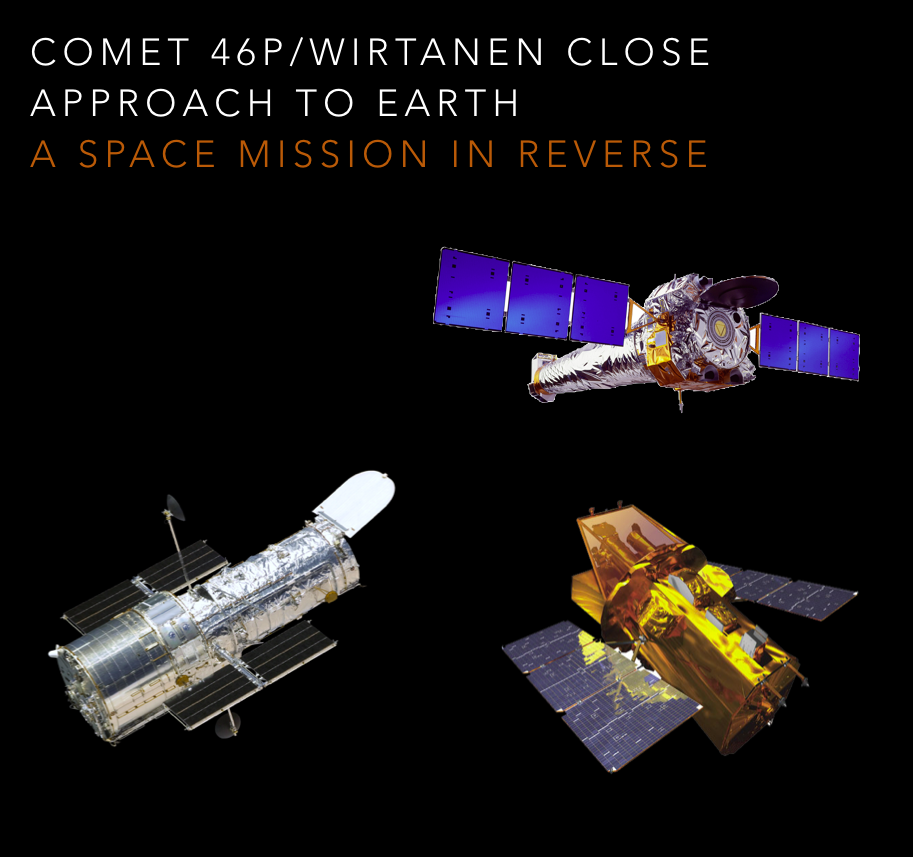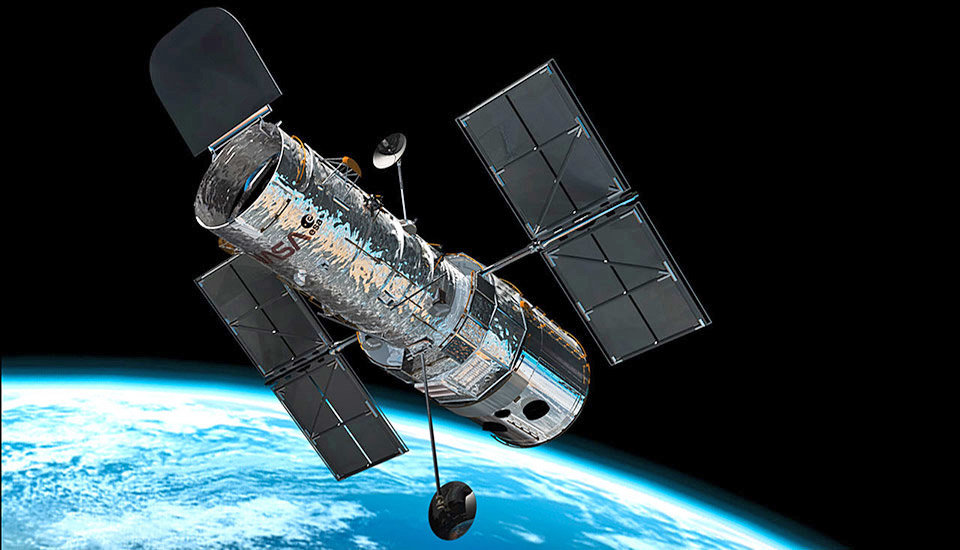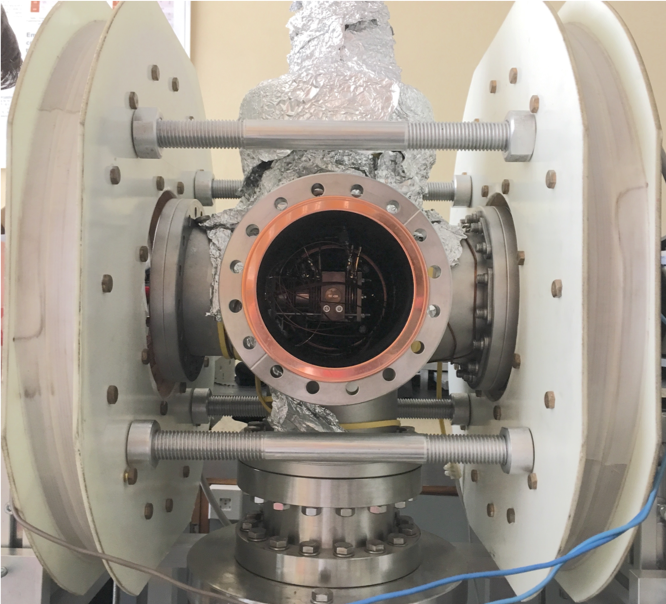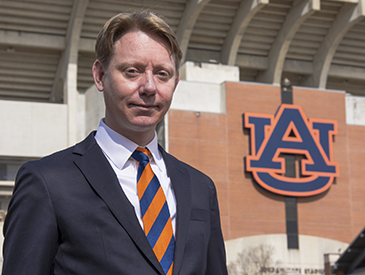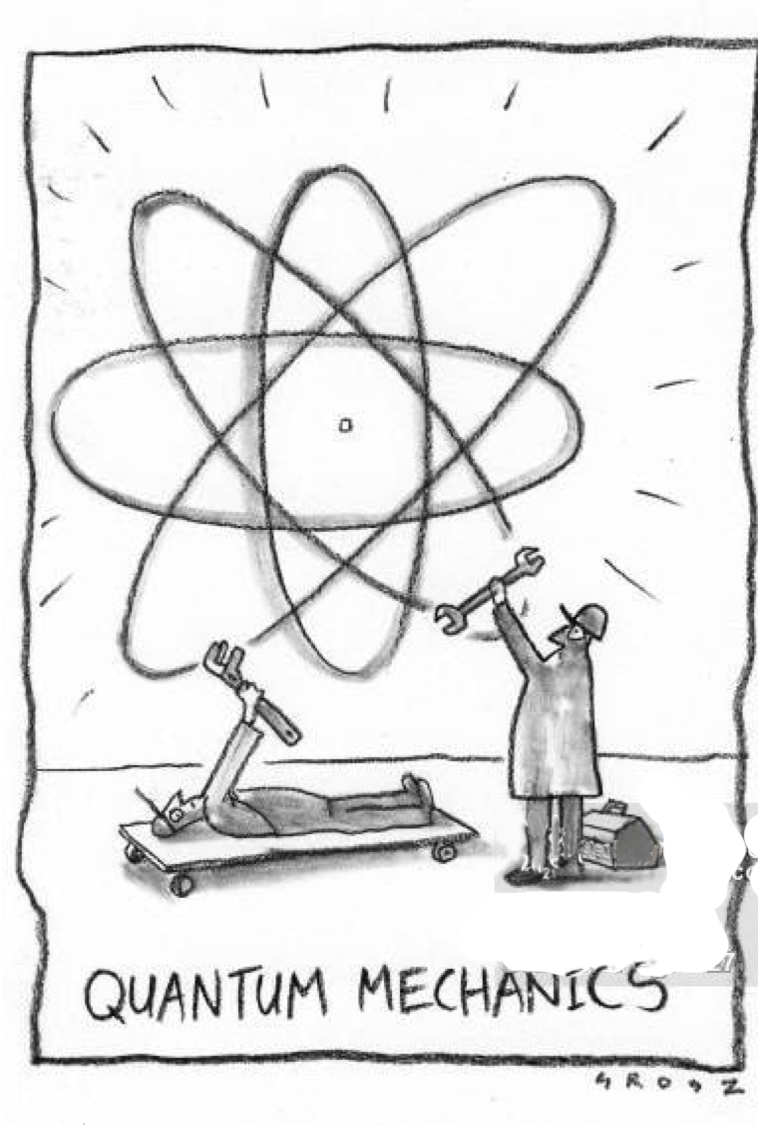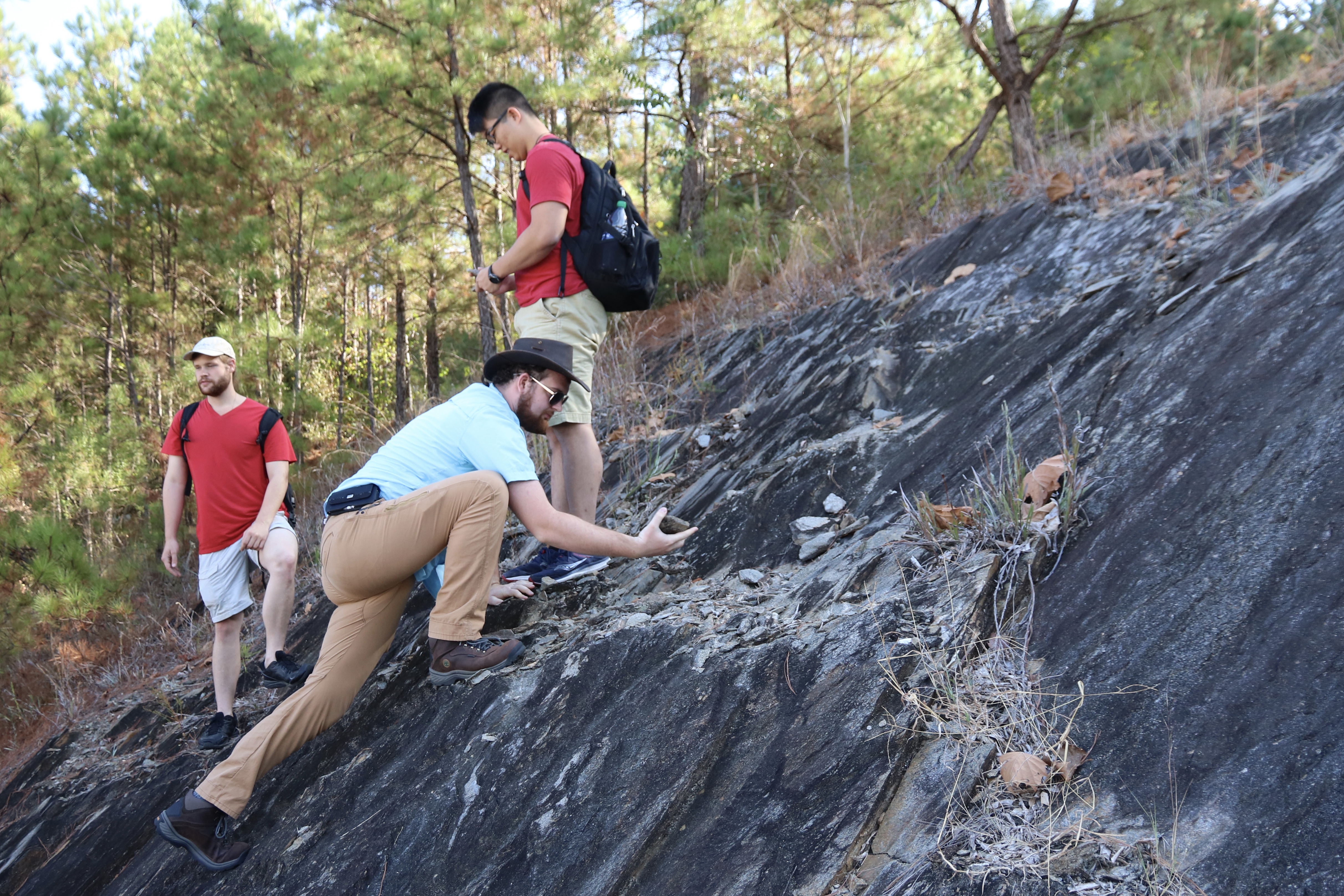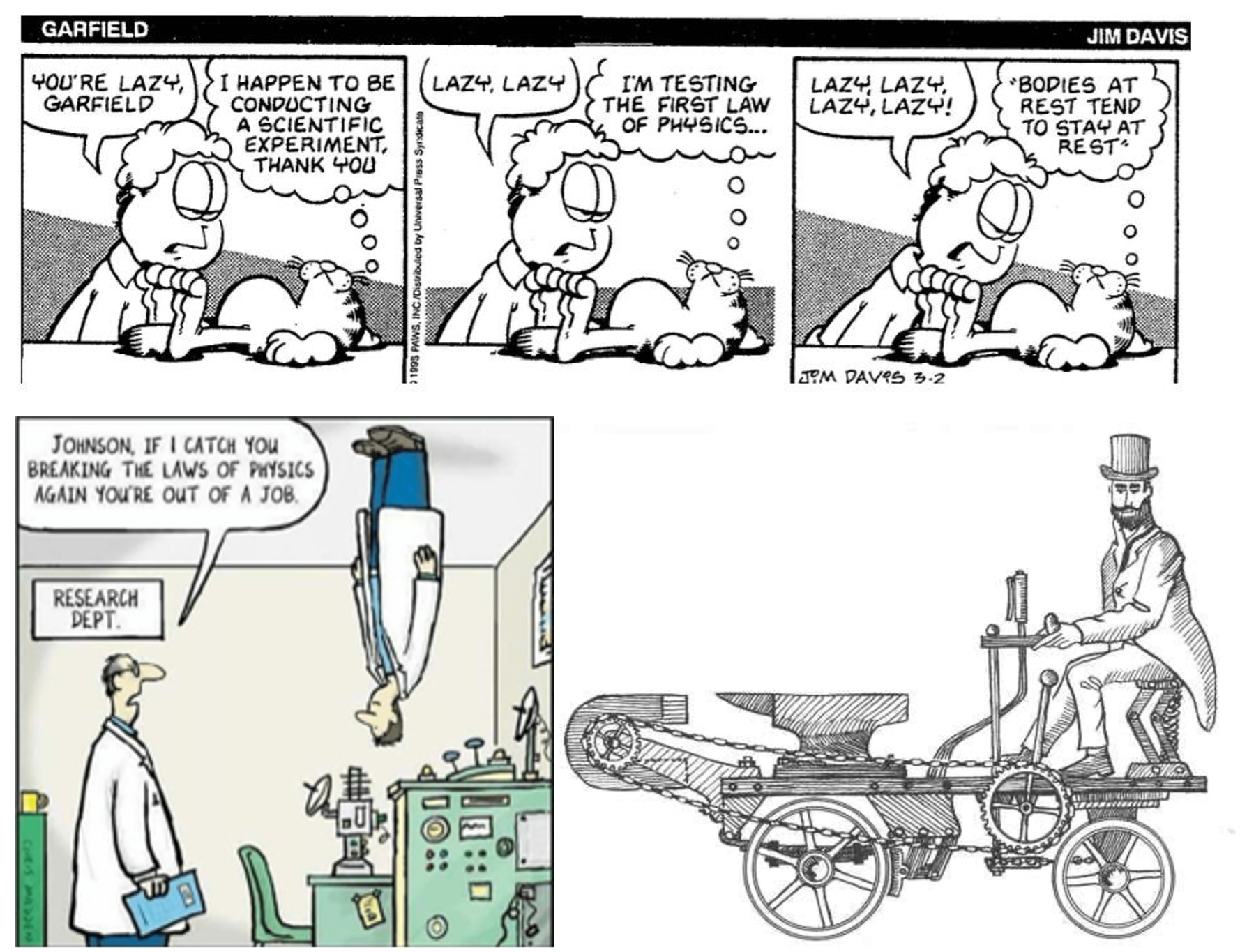Dr. Steve Bromley (Principal Research Scientist)
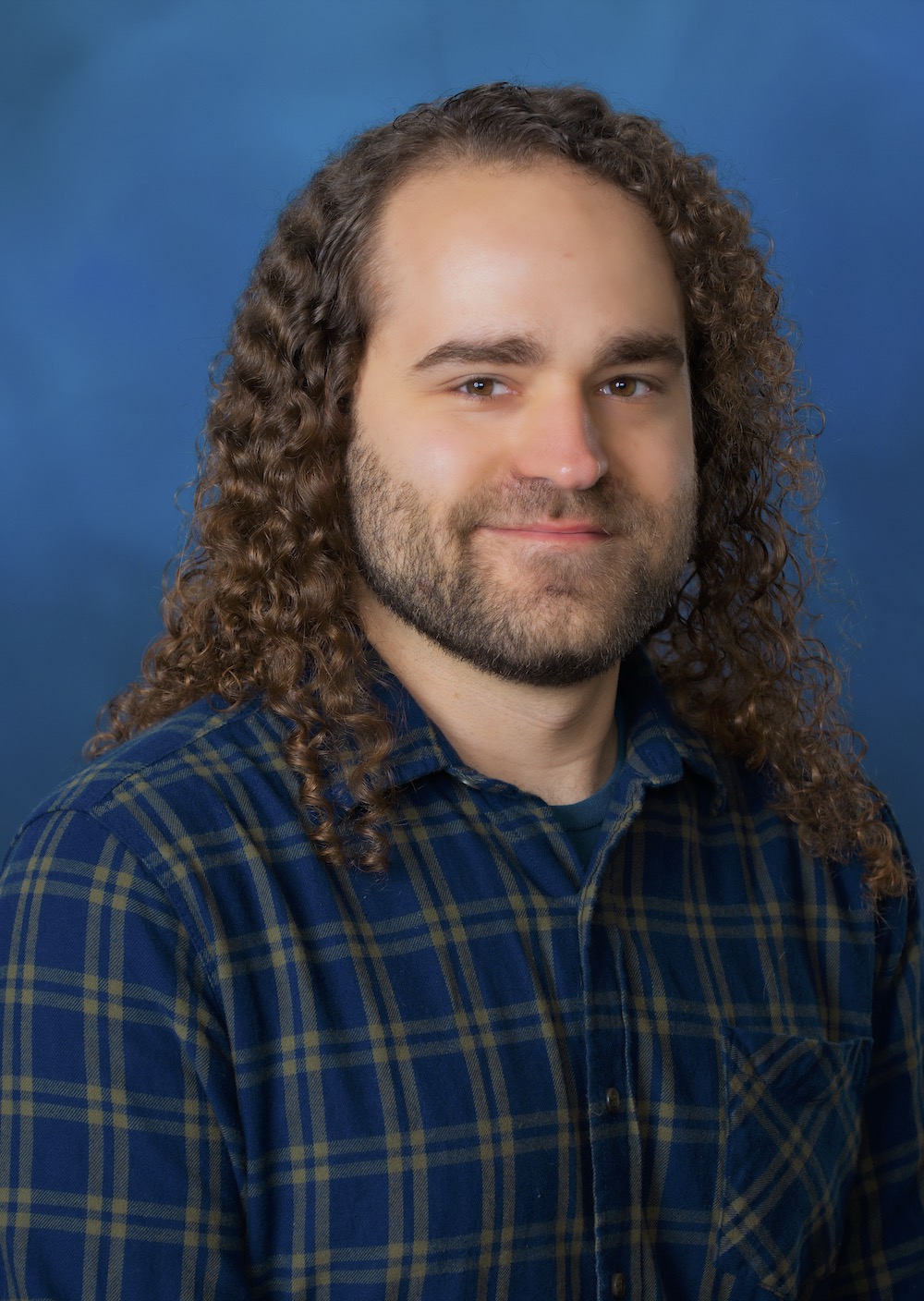
In 2015 I moved to Clemson in South Carolina, intending to become a high-energy astronomer. I instead found myself developing an interest in the atomic physics underpinning astronomy. In my graduate work, I worked in the Marler Group at Clemson University developing methods and apparatus’ for studying charge exchange (CX) with highly charged ions (HCIs). This experimental work piqued my interest as I was involved in every step of the process from experimental conception to design, testing, and ultimate use to measure atomic properties. In the latter half of my PhD work, I became involved with a new collaboration to study emission spectra of heavy elements relevant to neutron star merger ejecta. This effort will continue in my postdoctoral work as we extend our experiments and analysis to other heavy elements.
My research goals are to understand the role of atomic collisions in exotic environments, including both neutron star merger ejecta and the interface between the solar wind and cometary nuclei. For the latter, I will be studying electron-molecule collisions to extract cross sections, line ratios, and other diagnostics for understanding the thin plasmas around comets. Additionally, I will be working alongside collaborators at Clemson University to bring a Cold Target Ion Momentum Spectroscopy (COLTRIMS) on-line at the Clemson University Electron Beam Ion Trap (CUEBIT). This work will produce nl-resolved CX cross sections for many HCIs present in the solar wind. It is expected that these measurements will resolve standing issues within the literature, including uncertainties in diagnostic line ratios and the proper energy regimes of various CX emission models.
In my spare time, I frequent mountain bike trails as often as the weather permits, and won’t hesitate to photograph a great view!
- ORCID
- Publications
Dr. John Noonan (Postdoctoral Scientist)
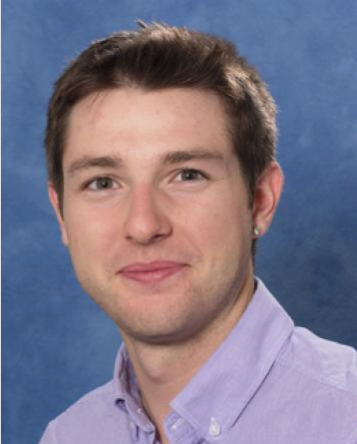
I completed my bachelor's degree in astrophysics and planetary sciences from the University of Colorado, Boulder in 2016, graduating summa cum laude with an honors thesis investigating UV comet emissions. Following undergrad I worked for the Southwest Research Institute as an analyst for the Alice UVS and flight controller for NASA's Cyclone Global Navigation Satellite System (CYGNSS), ultimately starting my Ph.D. at the Lunar and Planetary Laboratory at the University of Arizona in 2017.
My Ph.D. work focuses heavily on the UV emissions of comets, whether observed from the European Space Agency's Rosetta spacecraft by the Alice instrument or by the Hubble Space Telescope. These emissions are essentially impossible to observe from any ground-based observatory due to the Earth's atmosphere's ozone layer, and are thus more difficult to obtain and often more poorly understood, especially during periods of high activity.
As a visiting research scholar with the Comet Research Group I'll be continuing this investigation of UV comet emissions, working on a comprehensive examination of all Alice and OSIRIS data to analyze trends in emission mechanisms, analyzing HST observations of both comets and their more enigmatic progenitors the Centaurs, and developing more accessible software for the generation of fluorescence efficiencies for atoms, molecules, and ions. Outside of academics I also race bikes, road and cyclocross, to keep my adrenaline up and stay in shape to balance out my other hobby, cooking.
Dr. Olga Harrington Pinto (Postdoctoral Scientist)

In 2023, I received my Ph.D. from the University of Central Florida. My Ph.D. dissertation largely focused on chemical composition of comets and Centaurs based their CO2, CO, and H2O production. The end of my dissertation includes the analysis and work I did on observations for the first Centaur observed with the James Webb Space Telescope (JWST).
For my previous comet research, I observed comets and Centaurs in the Near-Infrared (NIR) and Radio wavelengths. With the Auburn comet research team, I will continue comet studies in the NIR and expanding to the Ultraviolet (UV) wavelength range. I will be using the Hubble Space Telescope (HST), and JWST to obtain observations.
For fun, I swim, paint, and listen to music, but have not done the three at once.
Dr. Youssef Moulane (Postdoctoral Scientist)
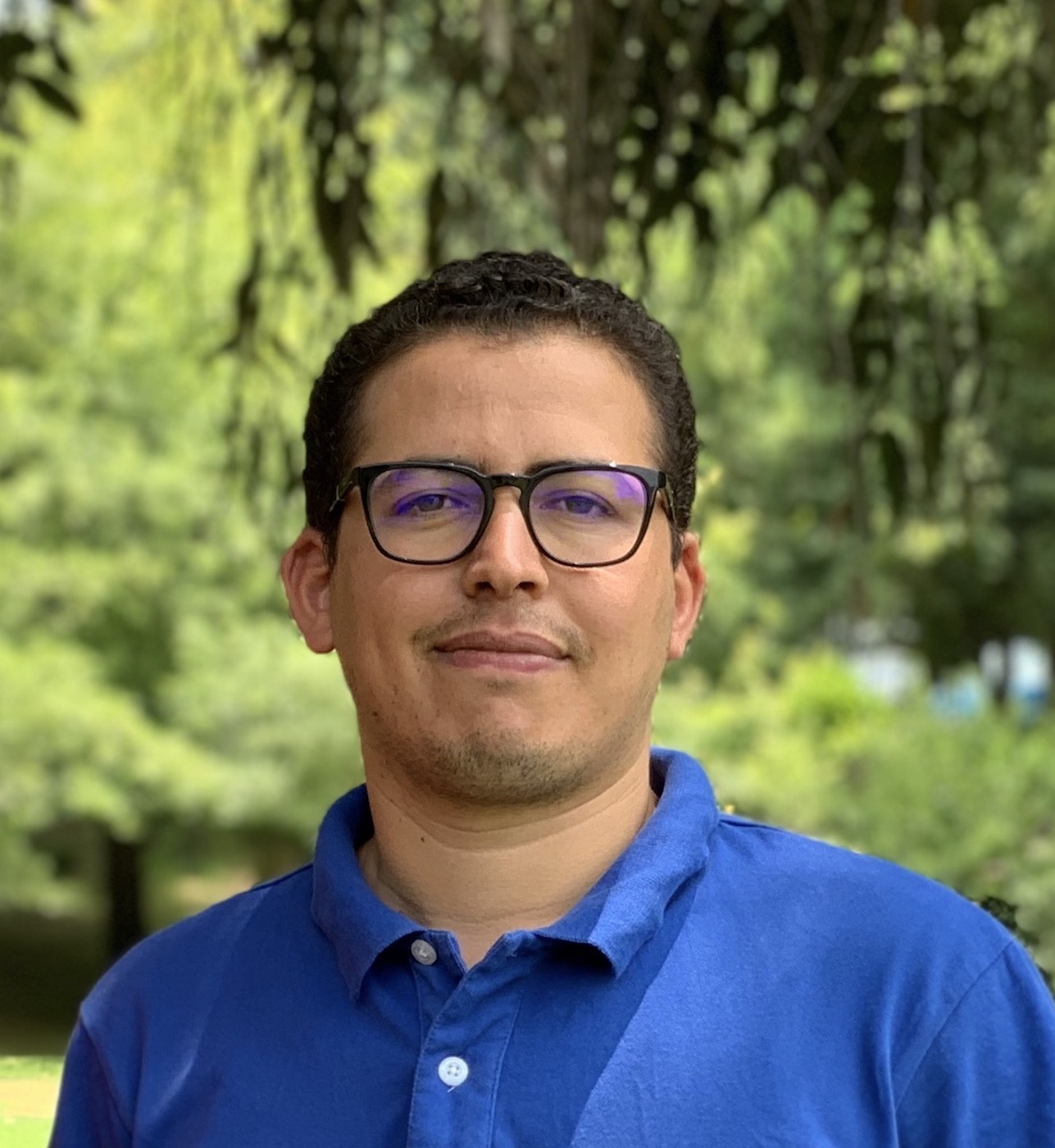
In 2013, I got my bachelor degree in physics and a master's degree in astrophysics at Cadi Ayyad university (Morocco). For my Master’s thesis, I worked on the automatic detection of moving objects, including asteroids and comets, based on a data acquired with Oukaimeden Observatory. In this context, I started my PhD in , studying comets using TRAPPIST telescopes.
For my PhD work at both Cadi Ayyad University and the University of Liege (Belgium), I used the two robotic TRAPPIST telescopes to monitor bright comets. These telescopes are equipped with narrow-band cometary filters that allow us to record images of a comet at wavelengths where the light is emitted by the main gaseous species. I used these photometric data to derive the physical and chemical properties of the observed comet sample. During this time, I visited Le Havre University (France) to study collisions of electrons and molecular cations, and obtained a 2-year studentship at ESO (Chile) to work on optical spectroscopy of comets observed with the VLT.
As a postdoctoral researcher, I will be working on Deep Impact data to study comet 9P/Tempel 1 using narrow-band filters. I will also be involved in a project to study comet 29P/S-W with space telescopes, including Swift and Hubble, to understand its activity behavior and the possible mechanism of its large outbursts. Apart from research, I like doing astronomy outreach activities. I like doing sports, running, biking, swimming and gym activities. I like to travel and explore new places.
Thomas Deskins (Graduate Student)
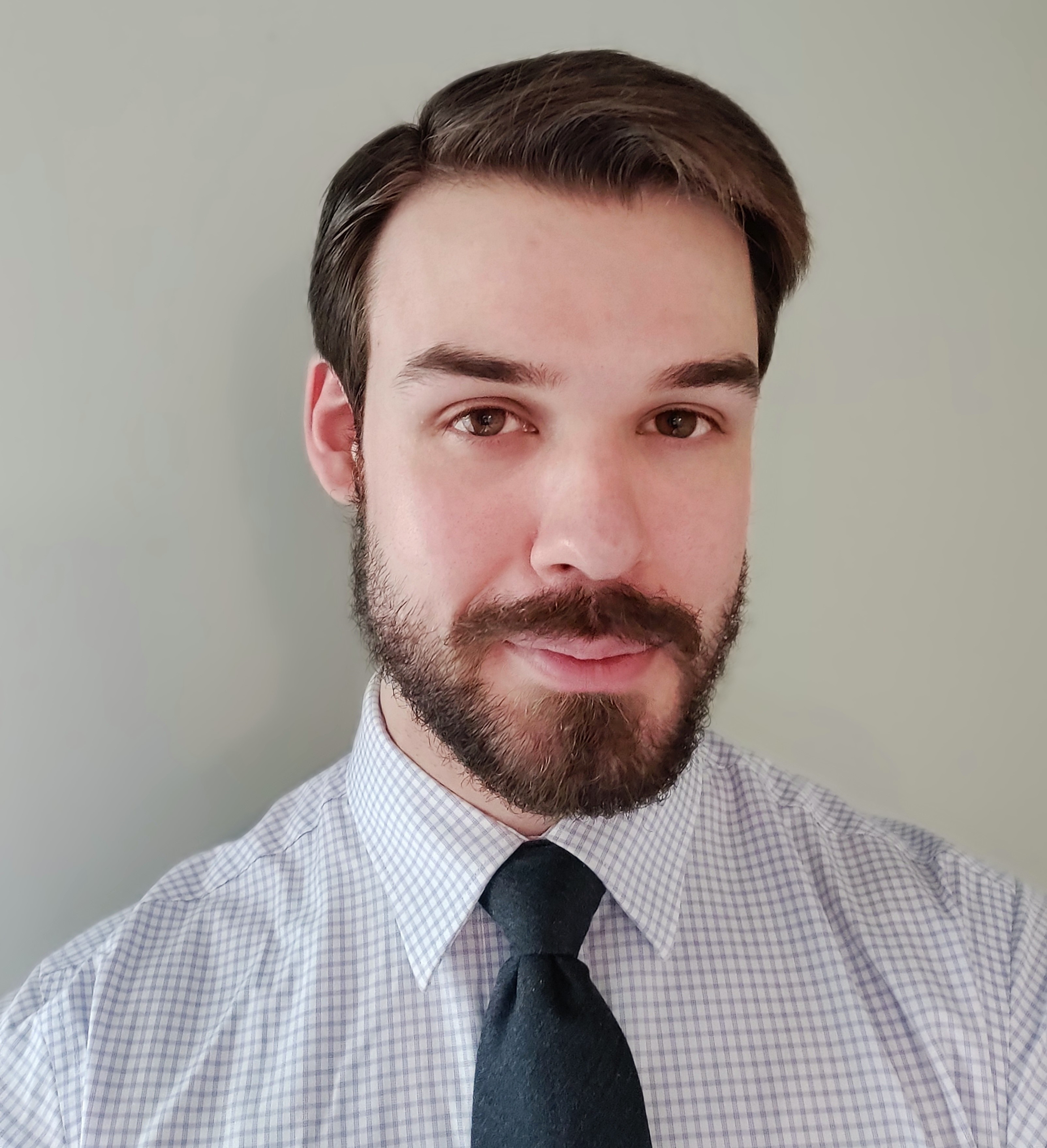
My name is Thomas Deskins and I am a Ph.D. student in the department of physics at Auburn University. Born and raised in Baltimore in the state of Maryland, I earned a bachelor’s degree (2017) and a master’s degree (2018) in chemical and biomolecular engineering from the University of Maryland, College Park.
My previous research has been on modeling atmospheric emissions of volatile chemicals and performing numerical simulations of microfluidic transport processes. After earning my master’s degree, I moved to Beijing to teach at an international boarding school. After a year, I returned to the United States to begin graduate studies in physics at Auburn University. I joined Dr. Dennis Bodewits’ research group in April 2020. I am currently using data from the European Space Agency’s XMM-Newton, an X-ray space observatory, to investigate the X-ray emissions of comets.
Aside from research and other scholarly things, I enjoy playing guitar, woodworking, hiking, and gardening.
Shawn Oset (Graduate Student)
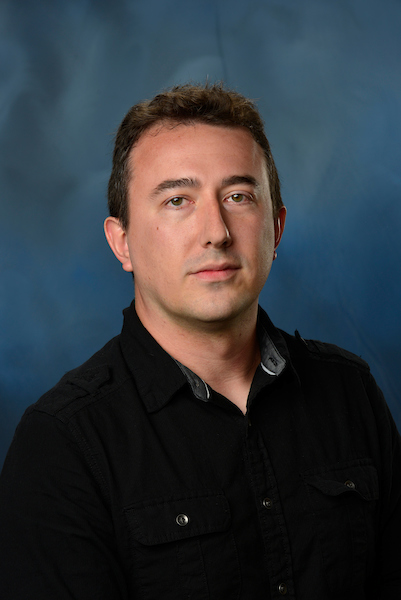
I am a phD student here at Auburn University working in astrophysics. After earning degrees from the University of South Alabama in Physics and Mathematics, I developed a heavy interest in computation and its interaction with physics.
A love of science fiction and all things space-related brought me to my current field studying cometary phenomena after a short time in theoretical condensed matter physics, studying the properties of half-metals and related magnetic materials for applications in spintronics.
In my free time I enjoy cooking, trying new foods, learning as many languages as I can, programming, and reading. I like animals, especially horses and dogs, and being outside in general.
Zexi Xing (Visiting Graduate Student)
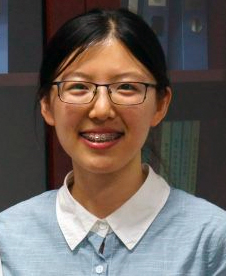
Zexi Xing is a Ph.D. student in the department of physics at the University of Hong Kong. I have a general interest in physics, especially astrophysics, and currently focus on Ultraviolet and X-ray observations of comets and asteroids. Abundance, activities and history of the small bodies are intriguing for me. The Neil Gehrels Swift Observatory is my great friend. In 2018 I got my B.Sc. in astronomy from Nanjing University, where many plane trees and cats live pretty happily. In addition to research, I am a great fan of nature and street photography, I love running outdoors with music, I love taking planes, and I really love dogs!
Bebi Rai (Graduate Student)
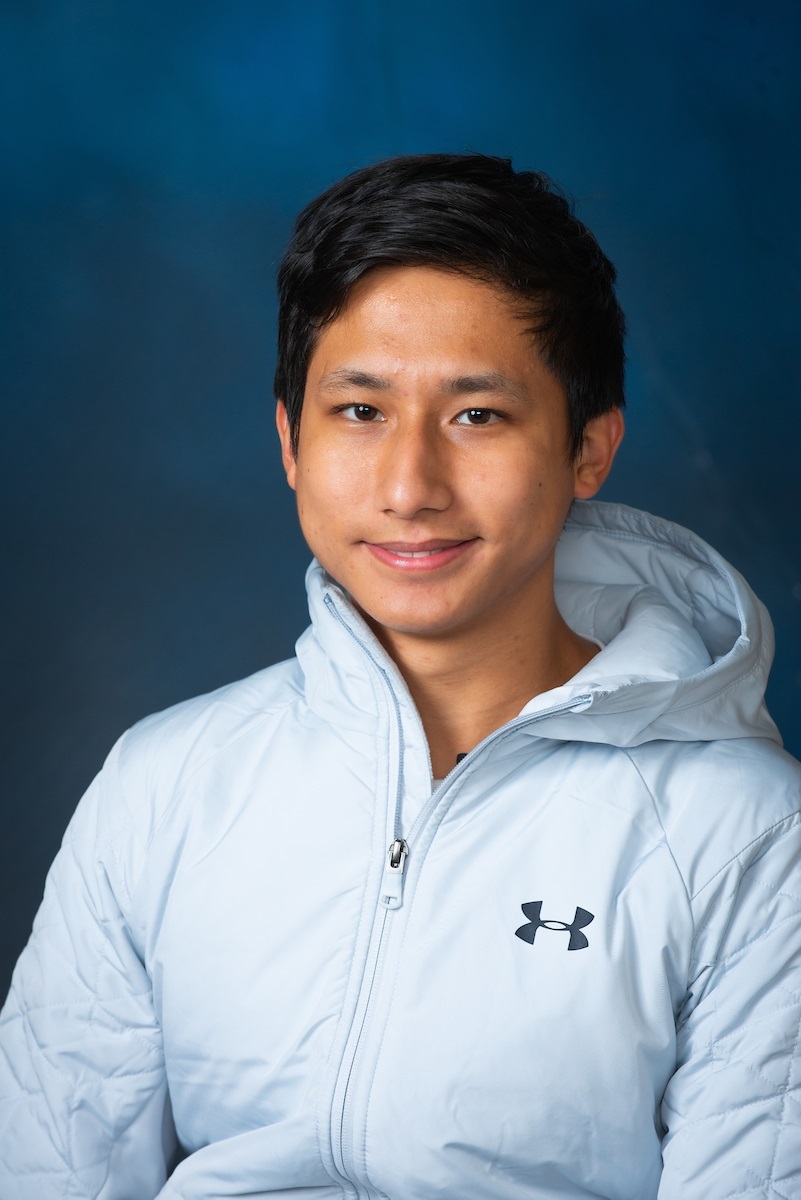
In the fall of 2021, I started my Ph.D. in the Department of Physics at Auburn University. I completed my Bachelor of Science in 2018 from St. Xavier’s College in Kathmandu, Nepal.
I have always had a keen interest in astronomy, ever since my high school days, and I am delighted to be a part of Dr. Bodewits' research group. I have been working on a summer research project focused on near-IR spectroscopy of comet 19P/Borrelly observed at NASA-Infrared Telescope Facility (IRTF) under Dr. Saki’s supervision. In the future, I will be working on computational model of OH emission features for cometary comas.
When I am not focused on academics, I enjoy watching movies, playing soccer, going to the gym, and reading novels.

